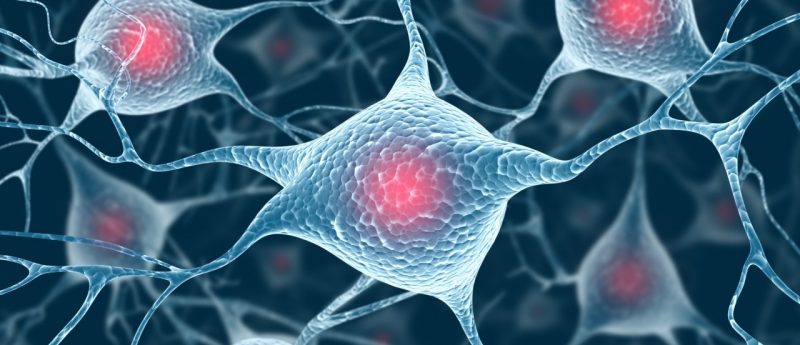Success for iPSC therapy in Parkinson’s monkey model

Induced pluripotent stem cell-derived dopaminergic progenitor cells have been shown to survive and be functional as midbrain dopaminergic neurons in a primate model of Parkinson’s disease.
Researchers from Kyoto University (Japan) have shown that human induced pluripotent stem (iPS) cell-derived dopaminergic progenitor cells can survive and function as midbrain dopaminergic neurons in a primate model of Parkinson’s disease. The first study of its kind, this new research marks a major breakthrough in bringing iPS cell-based therapies for neurodegenerative disease closer to the clinic.
Previous clinical trials have explored the use of fetal-derived stem cells for PD, though the use of these cells remains controversial. This new preclinical study, however, published this week in Nature, has been hailed as being the final step before the first iPS cell-based therapy for neurodegenerative disease can be trialed in humans. Senior author Jun Takahashi (Kyoto University) commented: “Our research has shown that DA neurons made from iPS cells are just as good as DA neurons made from fetal midbrain. Because iPS cells are easy to obtain, we can standardize them to only use the best iPS cells for therapy.”
In the study, iPS cells were transplanted into macaque monkeys exhibiting a form of PD caused by the neurotoxin MPTP. Significantly, the neurons were functional 2 years post-transplantation, with histological studies and MRI and PET scans showing successful survival, expansion and function of the grafted cells. MRI and PET were also used to monitor immune response in the host brain, and cells sorted by the floor plate marker CORIN showed that no tumors had formed in the animals’ brains for at least 2 years. In addition, the animals exhibited an increase in spontaneous movement following transplantation.